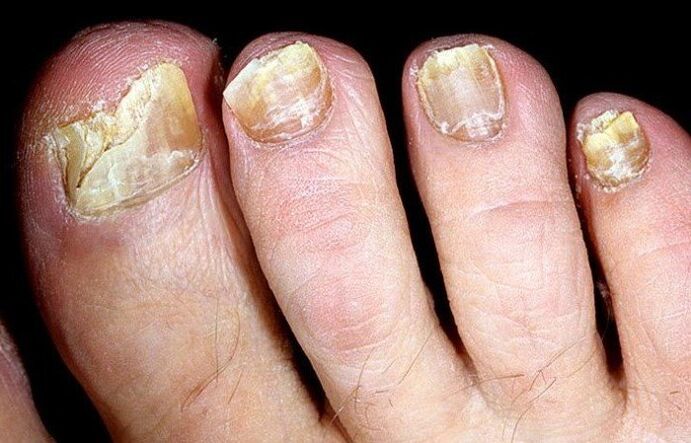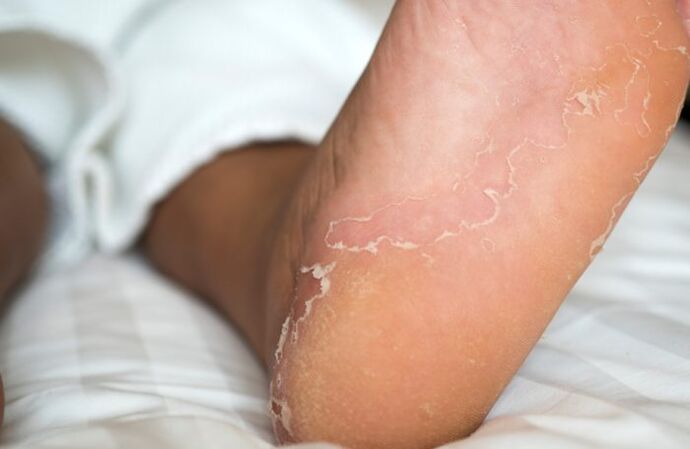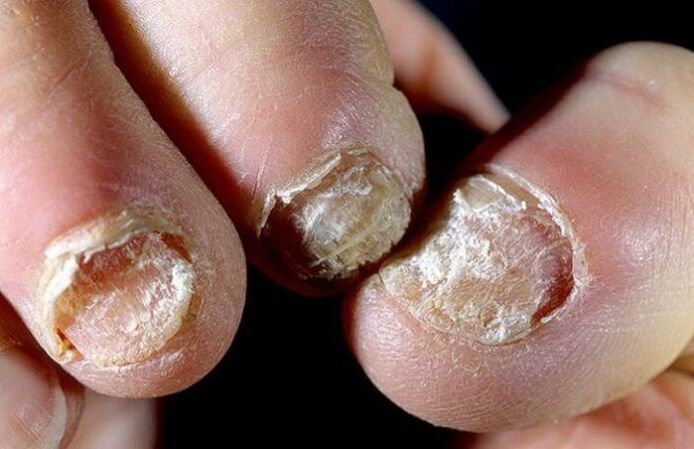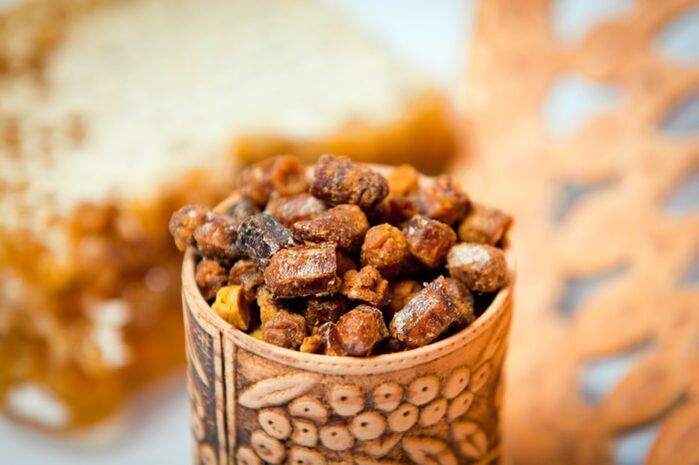Toenail fungus is a fairly common disease that is contagious. It develops due to fungal organisms: molds, yeast-like fungi of the genus Candida, and skin molds.

Scientists say there are more than fifty types of fungi that can cause toenail disease. At the same time, you must understand that the fight against toenail fungus is not easy due to the characteristics of the disease and its focus.
If we take into account the statistics, about 20% of the world's population faces this deviation and similar nail deformities.
fungal cause
The main reason for the appearance of fungi is the microorganisms that infect the fungal species. Often they turn into skin molds. Plenty of enzymes help microbes penetrate nails and skin easily. First, they affect the feet and then the nails.

The infection itself occurs after contact with a disease carrier. It can be not only people or animals, but also personal hygiene products, places with many people, especially common showers, bathtubs, swimming pools, etc.
refer to. In addition, the fungus develops due to excessive sweating (a condition called hyperhidrosis), metabolic disorders, diabetes of any type, HIV, weight gain, poor immune system function, taking certain medications, antibiotics, and birth controlmedicine.
The fungus quickly takes root on the skin and nails of people who abuse sweets, disrupting the endocrine system.
Mycologists work in the treatment of this disease and may also require a visit to a dermatologist.
symptoms of fungus
3 stages
Symptoms of nail fungus can be quite different at different stages of the disease:
- In the first stage, also known as the early stage, symptoms of the disease usually do not appear at all. The nails themselves may appear as barely noticeable, almost transparent spots. These streaks or spots may indicate the presence of fungus, so it is best to consult a doctor and start treatment early, or to refute your suspicions.
- In the second stage, the natural shine of the nails disappears, and then begins to discolor, become dull, and develop more yellow, brown streaks or spots on the nail plate. The upper part of the nail may change.
- Third, the disease completely affects the nails and starts to crack and fall off, the cuticle can become inflamed, and the fungus can also affect adjacent toenails and even the skin.

Stages 2 and 3 can be noticed on their own, which no longer require special tests or diagnoses.
external sign
External signs of fungus can be called as follows:
- nails turn yellow or even brown;
- streaks or spots on the plate;
- The nail becomes loose and dense, but at the same time it breaks and falls off quickly.
attention. In some cases, a person cannot wear closed shoes comfortably and suffers from pain and severe itching. In addition, symptoms such as burning, stinging, inflamed skin lesions, dry skin, peeling around the nails, etc. can all be said to be fungal.
Fungal Treatments and Remedies
refer to. More recently, nail fungus can only be cured when the entire nail plate is removed with the help of surgery. However, in rare cases, this procedure is effective: new nails may grow out of already infected nails.
If the damage to the nail is minor, your doctor may prescribe special antifungal medications and ointments that must be applied to the affected area. Modern medicine offers improved clear varnishes that help to deal with diseases in a short period of time. If the lesions are in the third stage, the patient may be prescribed antibiotics in the form of oral tablets.
Folk Methods and Recipes
Many patients cope with this unpleasant disease with the help of traditional medicine. Below we describe in detail which folk remedies are used to combat foot fungus.
vitriol
You can use 9% acetic acid or apple solution. Fungal pathogens don't like acidic environments, and vinegar helps prevent harmful microorganisms from multiplying.
It can be used as a bath or compress, preferably not only on the affected area, but on the entire foot, shoes, and clothing. Acetic acid therapy is not suitable for people with wounds and cracks in the skin of the legs because of the intense burning sensation during the treatment. Simplest dressing: 9% vinegar and water in a ratio of 1 to 8.
vegetable juice
Lubricate the affected area with onion juice, it should be fresh. You can also mix garlic juice with water and medical alcohol (1: 1: 1). Another medicinal vegetable is horseradish, which must first be chopped in a meat grinder.
essential oil
Another effective folk method is a variety of essential oils, which can be added to foot baths or applied directly to nail plates. Can be lavender, rosemary, tea tree oil and other essential oils.
How to Cure Nail Fungus Fast
Some plants can also help treat fungus. The effects of their use will soon become apparent.
Propolis
Propolis is an effective and fast-acting ingredient for toenail fungus. At the same time, it not only helps to remove harmful microorganisms, but also reduces discomfort and relieves burning and redness. The most effective method is to wet a cotton swab with a 20% solution and apply directly to the nail plate itself, place a dry cotton pad on top, and wrap the finger with a bandage. The lotion must be used throughout the day and must not be removed. After that, remove the softened nails. Repeat this process until full recovery.

Celandine
In summer, celandine will help with the disease. With it, you can prepare a healthy mixture: Pour five tablespoons of the plant into 1. 5 liters of boiling water and bring the composition to a boil over low heat for ten minutes. The resulting drugs and strains were refrigerated. Pour the celandine into the foot bath and soak for 15 minutes. This procedure must be repeated 2 times a day.
prevention
- Never use other people's hygiene products, especially pedicure tools.
- Don't wear other people's shoes.
- Use rubber slippers in places like swimming pools or saunas.
- Feet should be wiped thoroughly with a towel after showering.
- Track your immune system, weight and blood sugar.
- Never use wet shoes.
- Socks, tights or stockings should be changed daily.
- Take care of your feet often.
in conclusion
Remember that it is much easier to cure the fungus in the initial stages of the disease, so you will need to monitor the condition of your nails. If you suspect nail fungus, you should consult your doctor immediately.
























